Yandaixie Street - Tickets, Öffnungszeiten, Highlights und Tipps
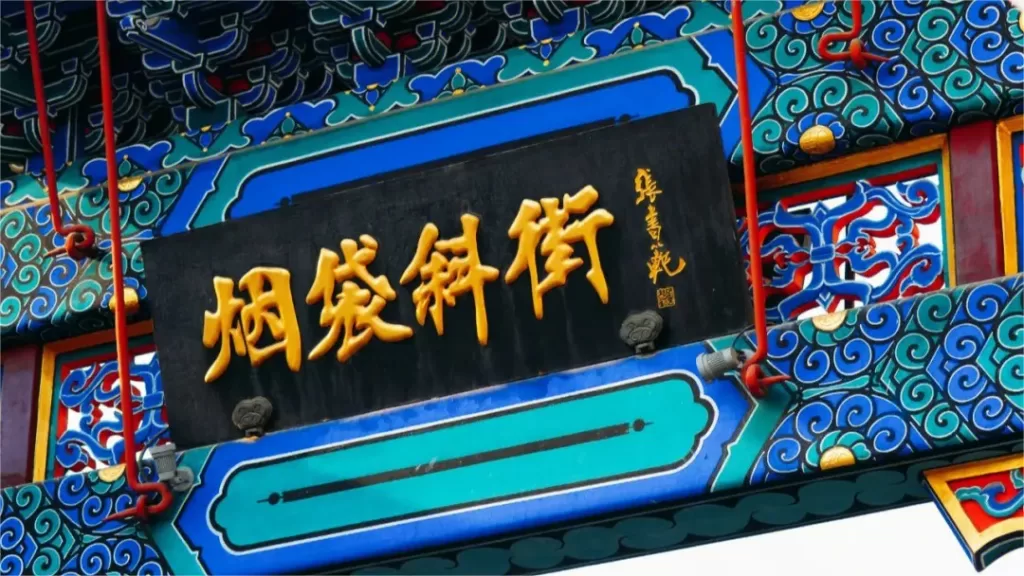
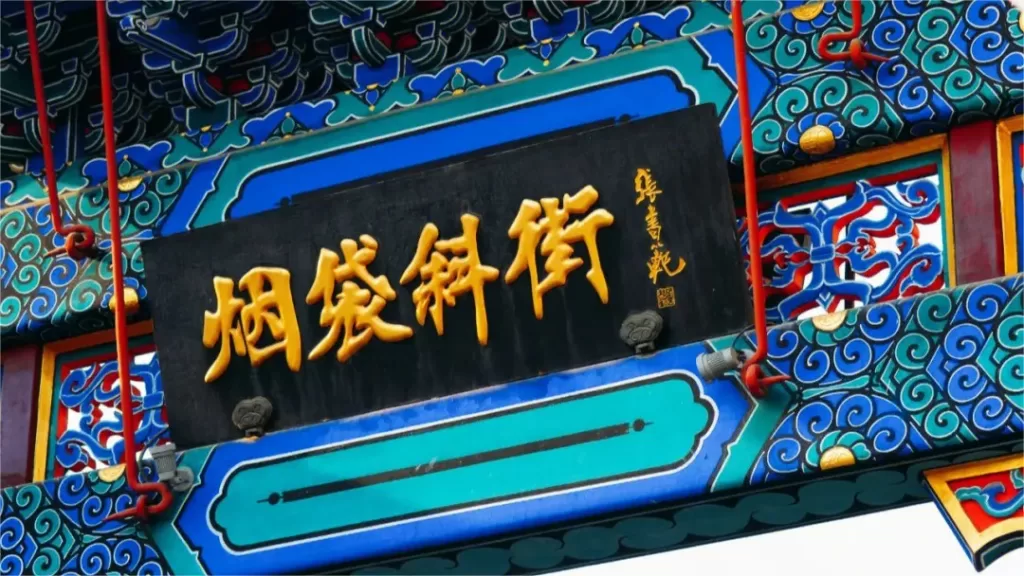
Yandaixie Street (烟袋斜街), stretching from Di’anmen Outer Street in the east to Xiaoshibei Hutong in the west, spans a length of 232 meters with a consistent width of 4 meters. Its origins trace back to the Yuan Dynasty, initially known as “Dayuting Xie Street.” During the Qing Qianlong era, it adopted the name “Gulou Xie Street” and eventually evolved into “Yandaixie Street” in the late Qing period, making it one of Beijing’s oldest hutongs. Historically, it thrived as a hub for trading tobacco pipes, tobacco, antiques, and artwork, earning the nickname “Small Liulichang Cultural Street.”
Today, Yandaixie Street has transformed into a bustling pedestrian street with distinctive traditional cultural features. It showcases Beijing’s traditional paper cutting, sugar blowing art, clay figurine crafting, and offers a variety of local snacks. The shops lining the street exude an ancient charm, creating a nostalgic atmosphere filled with the unique flavor of old Beijing.
According to historical records, the residents of old Beijing, especially the Manchu people residing in the northern part of the city, had a penchant for smoking dry or water pipes. This led to the flourishing tobacco industry in the area, with numerous tobacco shops near Trommelturm and Di’anmen Outer Street. As a result, Yandaixie Street became home to a series of tobacco pipe shops, gradually earning its colloquial name.
Another interpretation of the street’s name is based on its slender and elongated shape, resembling the stem of a tobacco pipe. The eastern entrance is likened to the mouthpiece of a pipe, while the western entrance bends towards the south, leading to Yinding Bridge, creating the visual impression of a tobacco pot. Hence, the street earned its name, Yandaixie Street, reminiscent of a smoking pipe.
Inhaltsübersicht
- Grundlegende Informationen
- Standort und Transport
- Highlights of Yandaixie Street
- Vlog about Yandaixie Street
- Tipps zur Tour
- Attractions Near Yandaixie Street
Grundlegende Informationen
| Geschätzte Dauer der Tour | 1,5 Stunden |
| Die Öffnungszeiten | 24 hours a day, but most shops are open from 9.00 to 22.00 |
| Ticketpreis | Kostenlos |
| Telefon Nummer | 0086-010-64001606 |
Standort und Transport
Yandaixie Street is situated just east of Houhai Lake and north of the famous Drum and Bell Towers. The street runs for about 232 meters from East Gulou Street in the north to Dianmen Street in the south. It is also easily accessible via public transportation, with several bus routes and subway stations located nearby.
Bus: Take bus 5, 60, 82, 107, 124, or 135, get off at Gulou Stop (Drum Tower 鼓楼), and walk about 50 meters to the north to reach the street.
U-Bahn: Take subway line 8, get off at Shichahai Station, and walk about 100 meters to the north to reach the street.
Highlights of Yandaixie Street
Traditionelle Architektur

Yandaixie Street is home to well-preserved traditional Chinese architecture, which includes courtyards, narrow alleys, and hutongs (traditional lanes). The street’s buildings feature a blend of Ming and Qing Dynasty styles, with gray brick walls, sloping roofs, and decorative woodwork. The courtyards, known as siheyuan, are enclosed spaces with a central courtyard, surrounded by rooms for living and working. The traditional architecture on Yandaixie Street offers visitors a glimpse into Beijing’s ancient past and a chance to experience the unique beauty of Chinese architecture.
Antique Shops

Yandaixie Street is famous for its antique shops that offer a wide range of traditional Chinese items, including porcelain, jade, calligraphy, paintings, and other rare and valuable items. These shops have a long history and are run by experienced dealers who are knowledgeable about the history and authenticity of the antiques they sell. Visitors can browse through the shops and find a variety of antique treasures, from ancient artifacts to cultural relics.
Handicrafts

Yandaixie Street is a hub for traditional Chinese handicrafts that reflect the country’s rich cultural heritage. Visitors can find a wide range of handicrafts sold along the street, including embroidery, paper cutting, silk printing, kites, and pottery. These handicrafts are made by skilled artisans who have inherited traditional techniques passed down through generations. Visitors can watch the artisans at work and learn about the history and cultural significance of these crafts. Many of the handicrafts sold in Yandaixie Street make unique and meaningful souvenirs to take home, making it a popular destination for tourists and locals alike.
Snacks

Yandaixie street is lined with vendors selling a variety of snacks, such as fried dough twists, sugar-coated haws, Beijing-style yogurt, and other local delicacies. The snacks are made using traditional recipes and cooking methods, giving visitors a chance to experience authentic Beijing cuisine. Along with the food, visitors can also find tea shops offering a range of authentic Chinese teas, including famous varieties like Longjing and Dahongpao. Whether visitors are looking for a quick bite or a more leisurely dining experience, Yandaixie Street’s snack options are sure to delight their taste buds.
Vlog about Yandaixie Street
Tipps zur Tour
Bargain for prices: When shopping in the antique and handicraft shops, be sure to bargain for prices. Haggling is a common practice in Chinese markets and can help you get a better deal.
Wear comfortable shoes: The narrow alleys and streets of Yandaixie Street can be quite crowded, so wearing comfortable shoes is recommended to navigate through the area with ease.
Bring cash: While some shops may accept credit cards, it is always better to carry cash when shopping in markets like Yandaixie Street.
Try the local snacks: Yandaixie Street is famous for its local snacks, so be sure to try some while you’re there. Keep in mind that some of the street food may be quite spicy, so be prepared.
Attractions Near Yandaixie Street
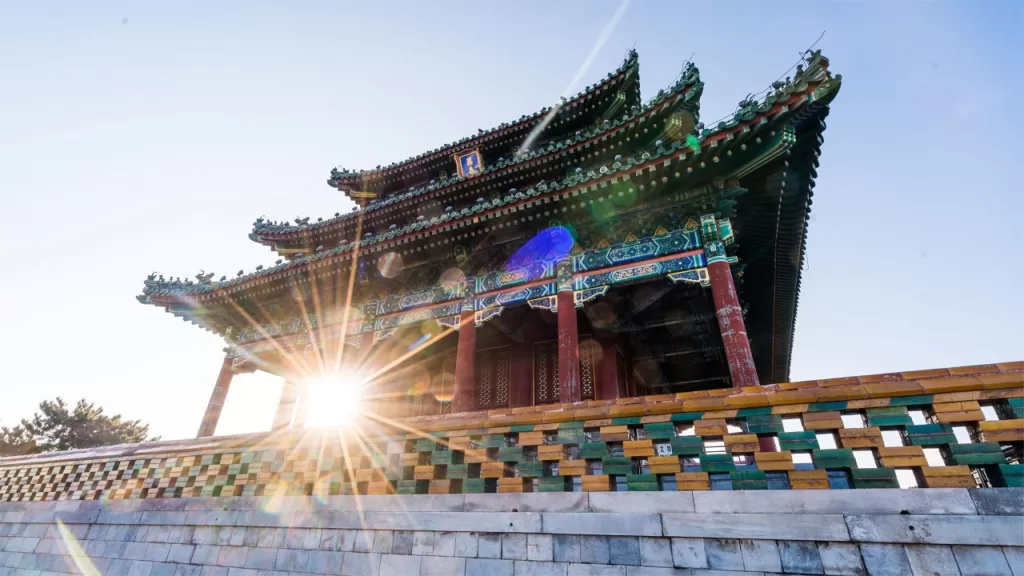
Jingshan-Park - der beste Ort, um die Verbotene Stadt zu überblicken
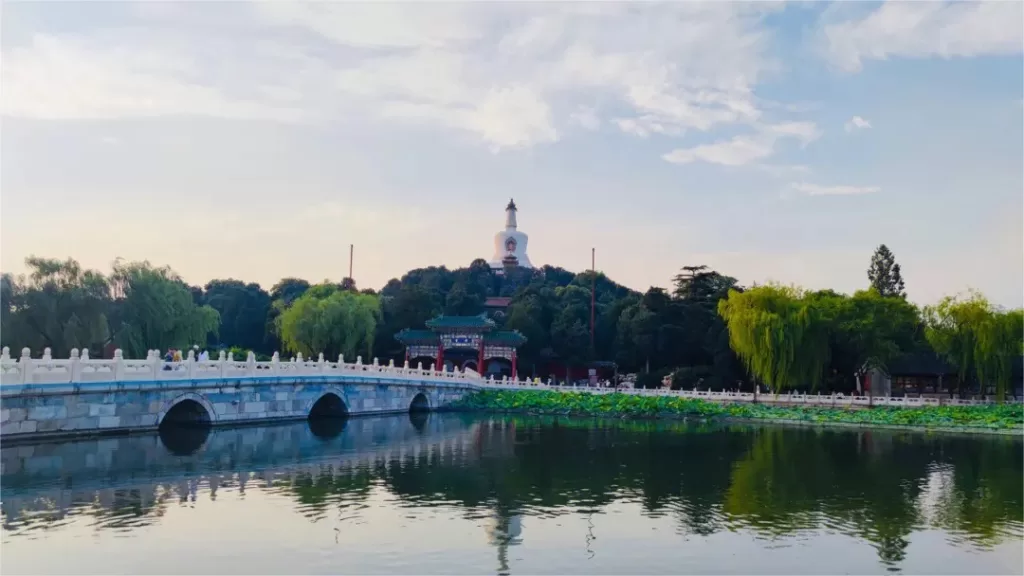
Beihai-Park - einer der am besten erhaltenen kaiserlichen Parks

Shichahai - drei miteinander verbundene Seen - Qianhai, Houhai und Xihai

Nanluoguoxiang - eine Darstellung der Pekinger Hutongs

Houhai Bar Street - ein beliebtes Ziel für das Nachtleben

Prince Gong's Mansion - eine wunderschöne Privatresidenz
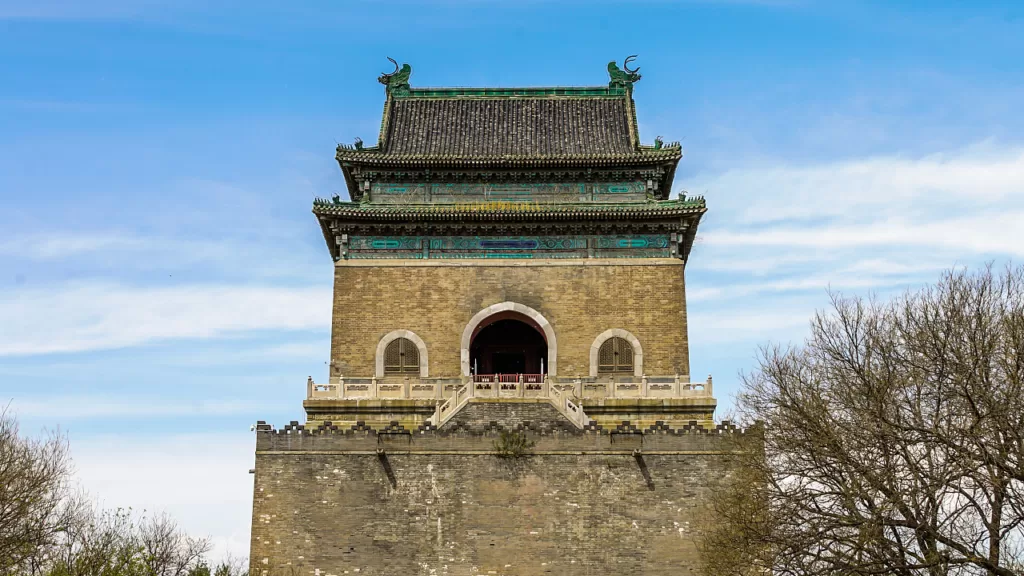
Glockenturm, Peking - ein Zeichen für den Beginn eines neuen Tages